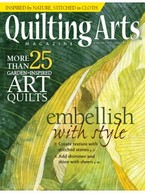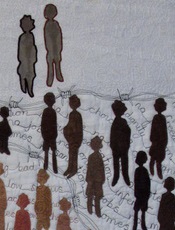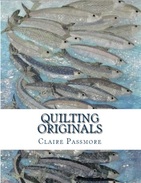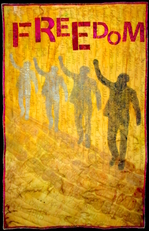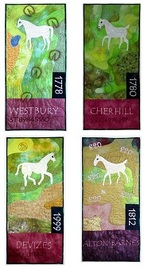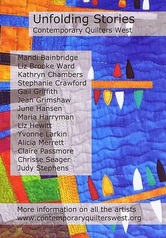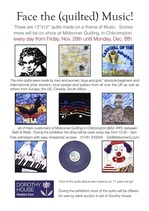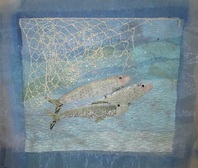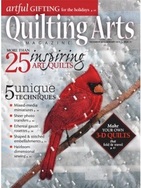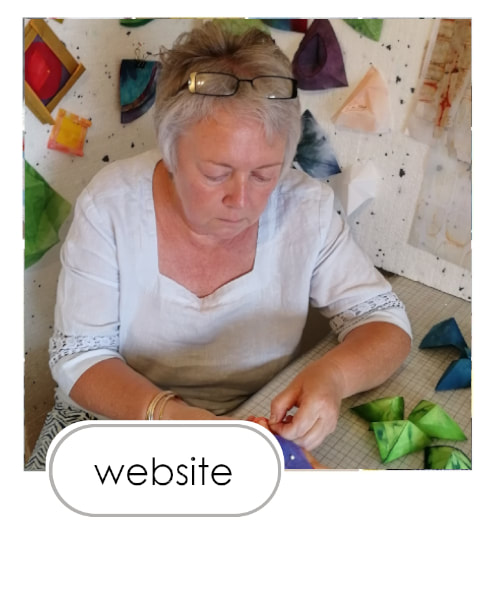|
2014...... it seems to have passed by in a flash. Such a lot has happened this year, so perhaps that is why the time has flown. Now I look back I can see why. I started this website and blog, joined the British Quilter's Guild and the Contemporary Quilt West Group, finished writing my book, had my quilt 'Forced Removal' accepted and hung the Festival of Quilts, hung 3 quilts at the 'Unfolding Stories' exhibition, West Barn, Bradford on Avon alongside other members of the CQ West group, had 2 small quilts published in Quilting Arts magazine, started and finished a new series based on the White Horses of Wiltshire, completed my first large-scale private commission, hung several quilts at an exhibition in France and another 2 at Radstock Museum, UK and agreed to my first solo UK exhibition to be held at Midsomer Quilting in May 2015. Now I have written it all down I can see why the book has taken so long to complete! I also wish to take a moment to say 'thank you' to all the people who visit my website and blog, and for all the support and encouragement you give me. I hope you also had a good 2014, and that 2015 brings you happiness and good health. My 2014 in pictures................ click on the picture if you feel like reading a little more. Thank you for reading. Best wishes for 2015.
|
|

